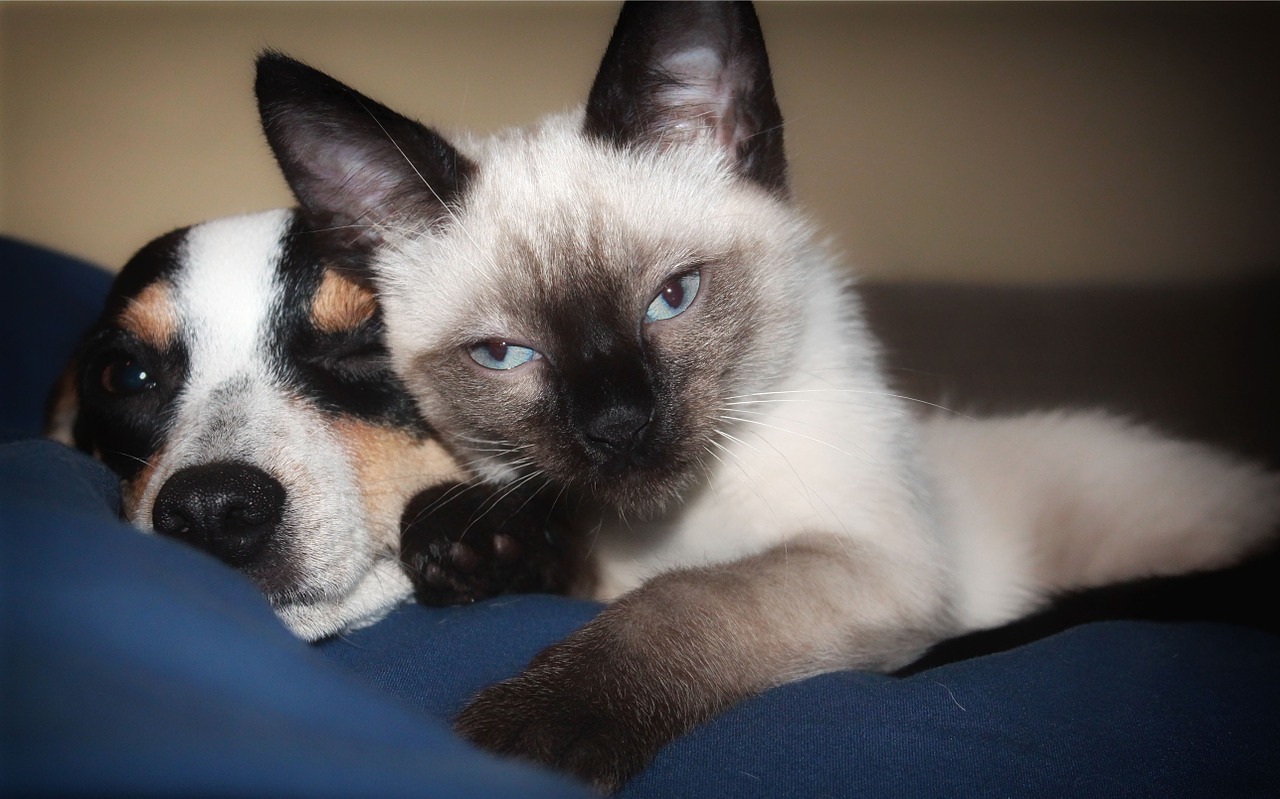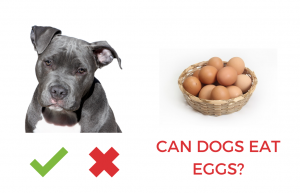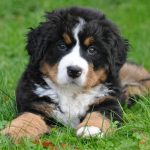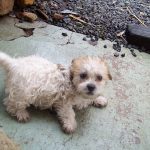As pet parents, we strive to do everything possible to make our pet animals happy and comfortable. We get them the most amusing toys, soft beds, handy bowls, and other necessities. When it comes to food, we only purchase the best and finest nutrition. Although some pet parents also go for a raw diet for their pets, many still prefer branded food.
However, you may certainly have faced a challenge where you offer your canine or feline dry food, and all you get in exchange is an obnoxious sound and a face that says, “I don’t like this, I only want wet food!”
On the other hand, your cat or dog might be aware of the situation. It is undeniable that moist food is good for pets in general. For one, it is easy to consume, which is especially essential for younger pets and elderly pets that have tooth or gum problems.
Second, a healthy diet of wet food typically has more protein, which aids in your pets’ growth. Third, there are fewer preservatives and artificial tastes or colors in it. It is also delicious.
Lastly, it is easily digestible, making your pet less likely to get bloated after eating. While dry food has some advantages, your vet may suggest you feed your pet moist food regularly.
Listed below are some suggestions to help you in providing wet food to your cat or dog:
Table of Contents
Calculate the Appropriate Portion Size for the Pet
Determine the correct quantity of food for your pet using the instructions below as a reference. Let’s assume that you have a lean, two-year-old, mixed-breed pet dog such as a Mini Bernedoodle weighing 45 pounds.
Even though it’s recommended to feed a dog weighing 35-45 pounds two cups of feed every day, you may choose to feed your dog a different quantity. Let’s say you feed your dog 2.5 cups every day because this is the right amount it requires to maintain its weight. Or if you are still confused about the quantity, you should talk to your vet.
Choose between Moist and Dry Food
Both wet and dry feeds are beneficial to some dogs and cats. However, you can also combine the two. Place the moist food on top of the dry food or mix them. This method is referred to as topping.
Employing this method makes mealtime more appealing for your pets. When selecting the amounts of dry and moist foods to fix, bear in mind the nutritional worth of each feed because you are not supposed to overfeed or underfeed your pet.
Ensure that Fresh Water is Available
Whatever food type your pet is consuming, they must always have a supply of fresh, safe drinking water. Maintain the pet’s water bowl and keep it clean and filled throughout the day. Remember to replace your dog’s or cat’s water regularly because they do not appreciate water sitting for too long. Less intake of water may result in dehydration, especially during the summer months which is a life-threatening situation.
Make a Strategy for Maintaining your Pet’s Dental Hygiene
Ask your veterinarian about using an enzymatic toothpaste to avoid tooth decay and food from becoming trapped in your pet’s gums. For tooth cleanings, dogs and cats must be anesthetized. You do not want to put your pet under this, so stay consistent with the deep cleaning to cut back on the number of expert cleanings your pet will require.
Make the Transition Gradually
Dogs and cats may appear to eat everything, but their tummies can be sensitive at times. This is why any changes in their nutrition should be implemented slowly over days. Their digestion will have time to acclimate as a result.
Consider the Breed and Size of the Pet
The larger your pet, the greater the amount of food they will require. Some breeds require more nutrition than others due to their faster metabolisms or higher energy levels.
Your Pet’s Age
Dogs and cats that are younger require more food than older ones. Pets’ metabolism slows down as they get older. As your pet ages, you might also want to re-evaluate its calorie requirements. Read Ideal Dog BMI
Wet Food has more Moisture than Dry Food
As the names suggest, wet food has more water than dry kibble. This is beneficial for younger pets who do not drink sufficient water and are at risk of being dehydrated. It is also crucial for pets with kidney problems. If you think changing to wet food would assist your pet’s medical condition, consult your veterinarian first.
What’s the Point of Feeding Wet Food?
There are several causes why pet parents feed their pets wet food. The following are a few of the most common:
It is Easy to Chew
Wet food is gentler to consume than dry feed for an elderly dog with problems biting or has had teeth extracted due to dental issues. While dogs and cats may not chew their food as thoroughly as humans do, your pet still needs to be able to grind its kibble. If it is a problem for your pet, you can help them by giving them moist food.
It has a Higher Protein Content
In principle, moist meals have a higher protein content and a lower carbohydrate level. They usually have more flesh in them than their dry equivalents. However, because not all foods are created equal, it is still vital to study the nutrition label thoroughly before selecting a wet food.
Conclusion
Nutrition is crucial to your pet’s general health and disease prevention. Use these recommendations to help you figure out how much moist food to feed your pet.
Recommended read – Fluffy French Bulldog










